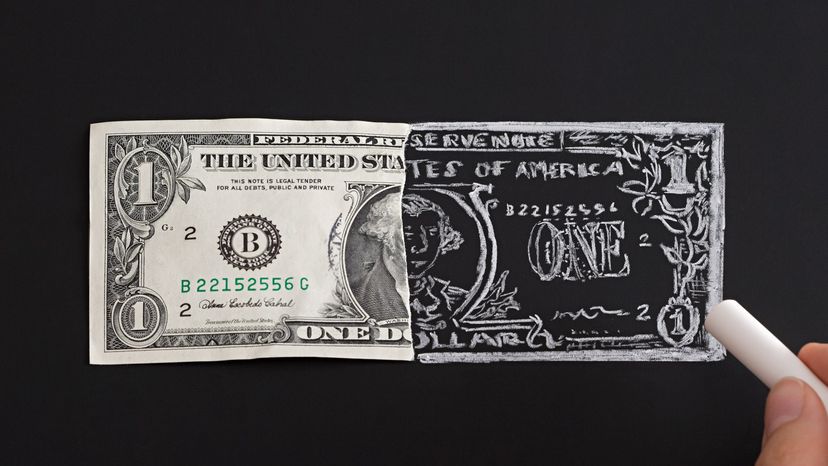Discovering Legitimate Channels to Acquisition copyright Money to buy
Discovering Legitimate Channels to Acquisition copyright Money to buy
Blog Article
Explore the Uses of Fake Cash in Artistic Creations and Theatrical Performances
Phony cash, often identified with deception and outrage, holds a strange allure when it locates its method into the realm of artistic productions and theatrical efficiencies. Its background is loaded with intricate narratives that have influenced artists to incorporate these replicas into their jobs. From the aesthetic arts to the dramatic stage, copyright money has actually been utilized in interesting methods that challenge assumptions and provoke thought. As we look into the multifaceted uses of copyright in these imaginative domain names, we start to discover a world where credibility and replica blur, motivating us to question the very nature of value and depiction within art and performance.

Historic Value of Funny Money in Art
The historic importance of fake cash in art is a facility and fascinating topic that sheds light on the junction of creative thinking, subversion, and socio-political commentary. Throughout history, musicians have actually used funny money as a device for difficult social standards, questioning the value of currency, and making powerful declarations about riches and power.
Among the most significant examples of funny money in art go back to the Dada activity of the early 20th century - copyright money for sale. Musicians such as Marcel Duchamp and Hannah Höch included phony money into their works to criticize the capitalist system and check out the concept of worth in a swiftly altering world
Furthermore, throughout times of economic instability or political upheaval, funny money has been used by artists as a type of demonstration or disobedience. By producing and flowing phony currency, musicians have actually been able to interrupt the status, challenge authority, and provoke vital discussions concerning the duty of cash in society.
Impact of Imitation Currency on Visual Arts
By integrating phony money right into their jobs, musicians provoke conversations on the nature of worth, authenticity, and societal understandings of riches. The usage of fake cash in art additionally raises ethical considerations pertaining to the boundaries of artistic expression and the ramifications of replicating legal tender. Generally, the effect of copyright money on aesthetic arts is multifaceted, boosting essential representations on the crossway of cash, art, and societal values.
Importance and Significance in Theatrical copyright Displays
Utilizing staged fake display screens, musicians employ symbolic representations to communicate much deeper significances and stimulate thought-provoking analyses within the realm of efficiency art. Through the unification of funny money in staged productions, creators can check out styles such as greed, power, corruption, and the impression of wide range. Using phony currency on phase can function as an allegory for social problems, financial look at this web-site differences, and the fragility of economic systems.
In staged efficiencies, the symbolic value of copyright money prolongs past its monetary worth. It can represent the misleading nature of appearances, the search of materialistic needs, and the effects of dishonest behavior. By making use of phony money as a prop, musicians can challenge audiences to question truth definition of wealth and the honest borders that individuals may cross in its search.
Ethical Considerations in Using Phony Cash for Art

One significant honest consideration is the possible lawful repercussions of utilizing fake cash in art. Counterfeiting currency is illegal in most countries and can result in severe repercussions for artists that purposefully incorporate fake bills right into their work. copyright money for sale. This not only puts the musician in jeopardy yet additionally raises questions concerning promoting unlawful tasks with art
Additionally, there is an honest predicament regarding the authenticity of the artwork itself. Utilizing fake cash blurs the line in between reality and imitation, potentially deceiving customers and compromising the honesty of the artistic item. Musicians need to consider whether using funny money lines up with their worths and imaginative intents, evaluating the prospective effect on their credibility more tips here and reliability.
Future Patterns in Funny Money Integration
Considering the advancing landscape of imaginative expression, the incorporation of funny money in creative works may witness a change towards cutting-edge and intriguing opportunities. As musicians remain to press limits and check out brand-new mediums, phony cash could significantly be used to challenge societal norms, examine the value of money, or make effective statements concerning wealth and consumerism.
One future trend in copyright money integration could be its use in immersive art installments where audiences are urged to interact with the items, blurring the lines in between truth and impression. Additionally, improvements in modern technology might lead to the development of hyper-realistic phony you can try this out cash that is essentially equivalent from real money, opening possibilities for much more in-depth and complex art work.
Moreover, partnerships between counterfeiters and artists could cause distinct pieces that incorporate standard creative strategies with the craftsmanship of producing funny money. Nevertheless, moral considerations bordering the legality and morality of making use of funny money in art will certainly proceed to be a point of contention as these future fads unfold.
Final Thought
In verdict, the uses of copyright cash in artistic productions and staged performances have a long history and continue to be a source of motivation for musicians. The combination of imitation cash in art is likely to proceed evolving in the future.
Generally, the impact of phony money on visual arts is multifaceted, promoting essential reflections on the crossway of cash, art, and social values.

In verdict, the usages of imitation cash in imaginative productions and staged efficiencies have a lengthy history and proceed to be a source of inspiration for musicians. Honest factors to consider need to be taken into account when making use of copyright money for creative functions. The combination of copyright money in art is most likely to continue developing in the future.
Report this page